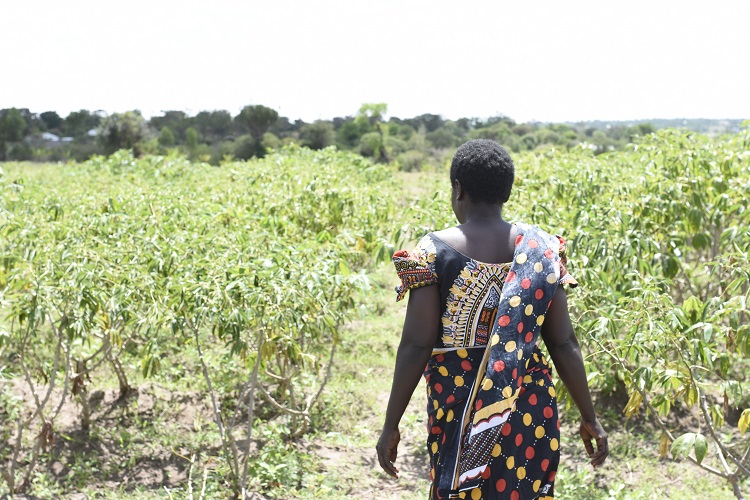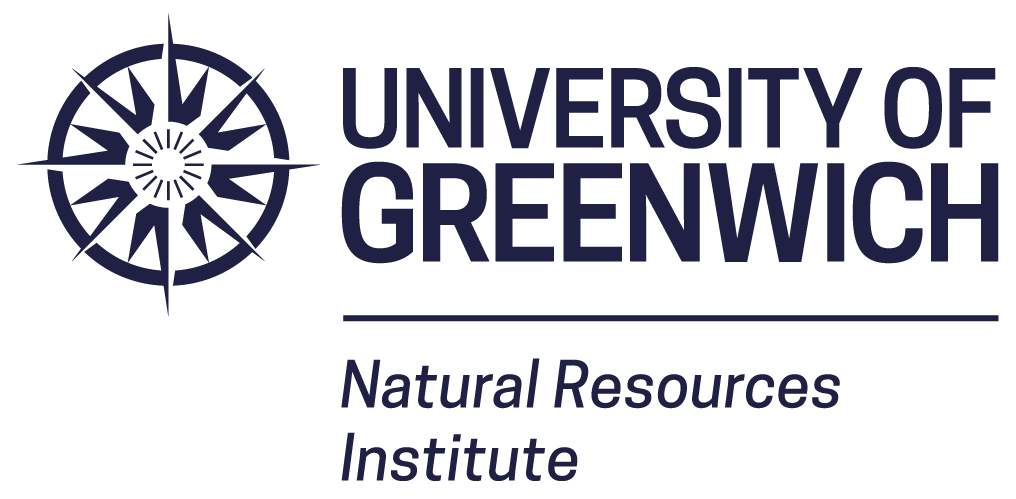Is your organisation or project working towards gender equality? If so, how? What are the underlying objectives for doing so? Have ‘gender’, ‘women’ and ‘empowerment’ become buzzwords to include in project proposals in the hope that they’re more likely to be funded? Are women targeted in your project only as a means to achieve another economic or developmental outcome?
Today, 8th March, is International Women’s Day. At NRI, we are taking this opportunity to look at how the theme of gender equality is used within the research for development context, and how to challenge current attitudes.

But surely that’s ok, isn’t it? As we arrive at a positive developmental outcome, isn’t this just a means to an end?
“In one way, targeting women in projects can reinforce stereotypes about the role of women. For example, including women in projects only to achieve certain nutritional outcomes in children can be an efficient way to achieve results, but also reinforces women as primary caregivers with the sole responsibility of food preparation within households. This also ignores broader household and community-level power dynamics and influences that also affect nutritional outcomes,” says Dr Forsythe.
“What these approaches lack is placing gender equality at the core of their work, as a matter of human rights and justice.”
![]() Thinking about how we use or target women in development projects is important if we are to achieve the UN’s global goal of a ‘Planet 50-50 by 2030’. The UN’s own progress reports and current trajectories show how existing interventions won’t be enough to meet this, so change is crucial.
Thinking about how we use or target women in development projects is important if we are to achieve the UN’s global goal of a ‘Planet 50-50 by 2030’. The UN’s own progress reports and current trajectories show how existing interventions won’t be enough to meet this, so change is crucial.
One concrete way that we can all begin to effect change in our work and in our organisations, is by reflecting on our development objectives and noting how equality objectives are represented, in both our language and actions. Actions can often reflect implicit power asymmetries and problematic stereotypes that harm the movement towards equality.
Furthermore, it is important to identify when equality goals may not be compatible with efficiency or broader development goals, or where trade-offs between them may be required. Mechanisms need to be put in place to make these trade-offs more explicit, and to prevent situations where equality objectives are replaced by others, which we see all too often.
As we develop new ideas for projects involving women, we can keep in mind shifting times and attitudes, and ask ourselves questions such as, “Are we targeting women to improve nutritional outcomes for children or are we also targeting women to improve their rights to health through the reduction in workloads and better access to nutritious food? Are we working with men to challenge gender norms that restrict their role in care and household food security?”
The UN’s theme for International Women’s Day this year is ‘Think equal, build smart, innovate for change’, and advocates for developing innovative approaches that disrupt ‘business as usual’ in order to remove structural barriers to ensure that no woman and no girl is left behind. The International Women’s Day event’s theme is #Balanceforbetter. Both themes point towards a shift in the way we think, work and live. #IWD2019 is a good place to start.
Links: Dr Forsythe’s profile | NRI’s Gender and Social Difference Development Programme

